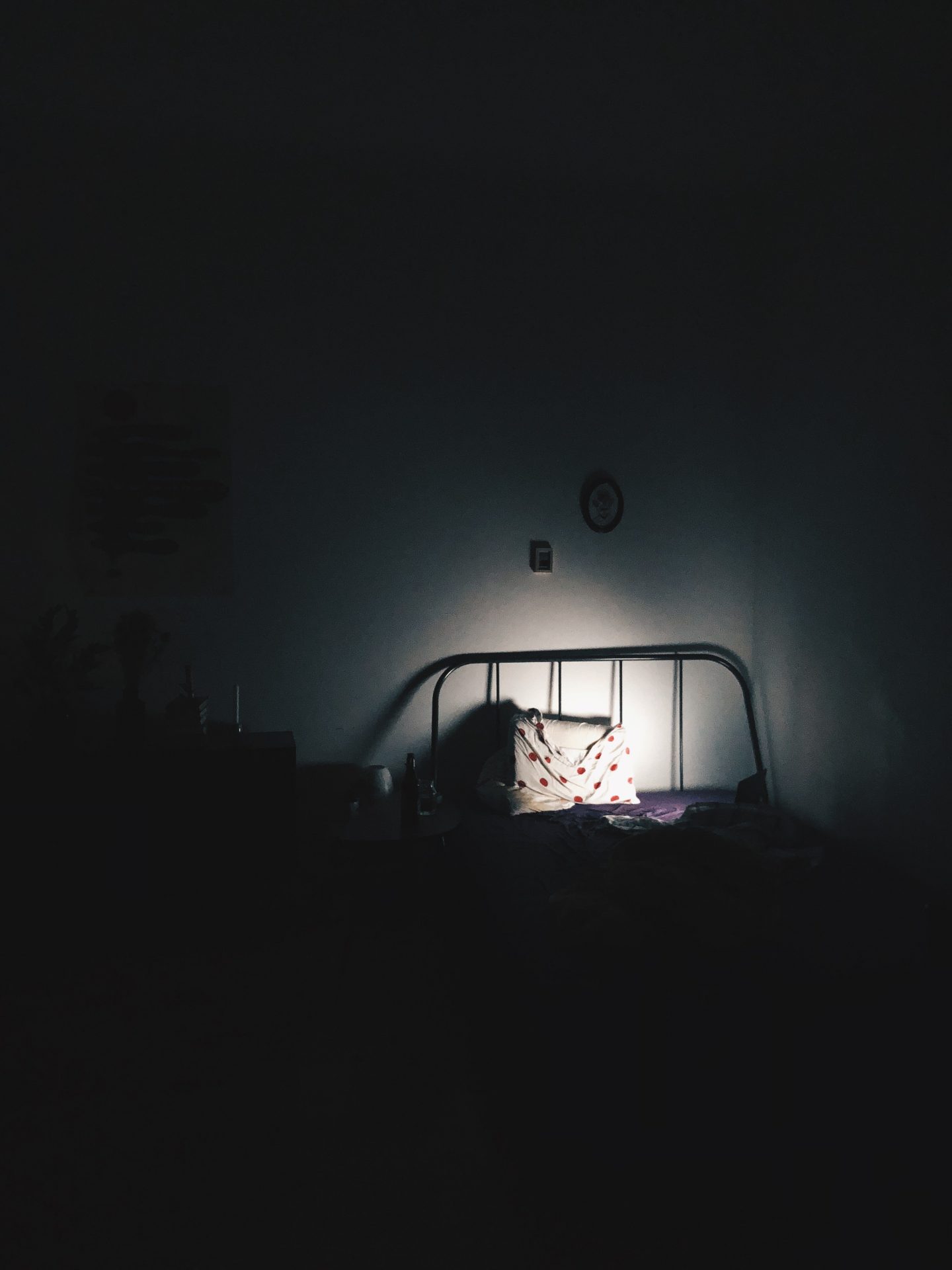Indigenous children in Australia suffer from sleep problems at higher rates than non-Indigenous children, new analysis has found.
Aboriginal children reported insomnia, severe daytime sleepiness and breathing difficulties while sleeping, researchers say.
“Poor sleep can lead to health problems and lower levels of academic achievement,” Yaqoot Fatima told AAP.
“Indigenous children suffer from at higher rates of obesity, diabetes and respiratory problems than non-Indigenous children.”
School attendance rates among Indigenous children are 10 per cent lower than non-Indigenous children, she said.
“Understanding sleep health is very important,” Dr Fatima said.
The James Cook University team reviewed 13 sleep studies on more than 4500 Indigenous children and found insomnia rates among Indigenous children varied in the studies from 15 per cent to 34.7 per cent.
Researchers also found that Aboriginal children reported severe daytime sleepiness (20 per cent), short sleep (10.9 per cent) and late sleeping (50 per cent).
Snoring was reported in 14.2 per cent of children in a community study, but laboratory-based research suggested the prevalence could be as high as 85 per cent.
Researchers found that compared to non-Indigenous children, Indigenous children are significantly more likely to experience short sleep duration, and a high proportion reported symptoms of sleep-disordered breathing.
Dr Fatima said there was also a lack of nationwide data on the prevalence of sleep problems.
But evidence suggested social and biological factors were causing sleep health issues among Indigenous children.
“Access to sleep health care is lacking for Indigenous children,” she said.
“Data from sleep clinics show Indigenous Australians attend at the rate of 31 per 100,000 people while the rate for non-indigenous people is 575 per 100,000.”
Dr Fatima said timely access and availability of services and follow-up were major barriers to treatment.
“When appropriate services do become available, significant proportions of Indigenous patients are found to be compliant with treatment plans and have derived significant benefits from treatment,” she said.
Australian Associated Press





